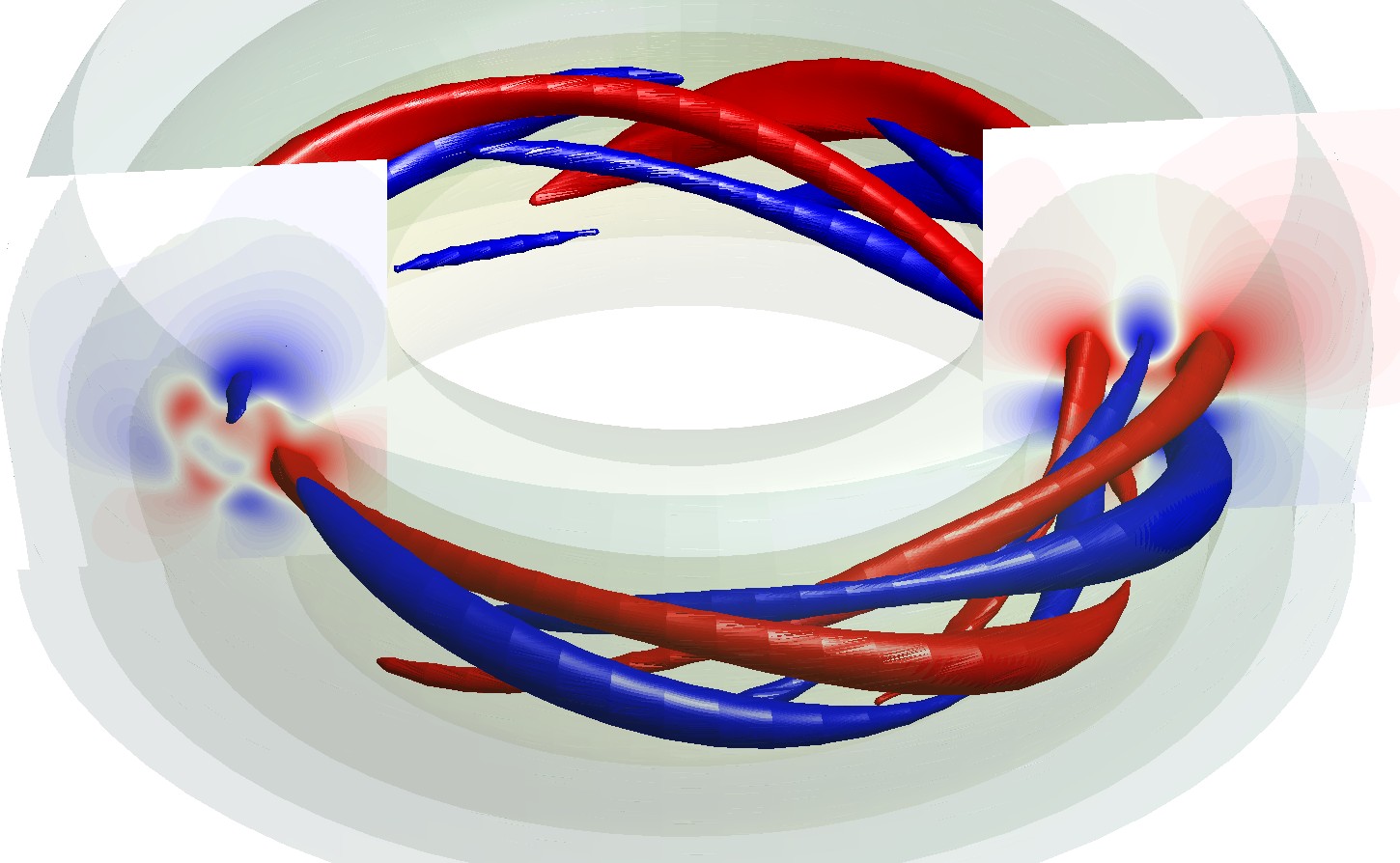Why is it hard to generate 3D MHD equilibria with smooth nested flux-surfaces ?
This talk was given at the 4th Asian-Pacific Conference on Plasma Physics on October 28 2020. I am sharing it here because it provides a rapid introduction to the business of MHD equilibria calculation. Abstract Renewed interest in stellarator design has sparked questions on the existence and accessibility of three-dimensional magneto-hydrodynamics (MHD) equilibria with “good” nested flux-surfaces. Several numerical tools exist to obtain three-dimensional MHD equilibria. These methods aspire to

